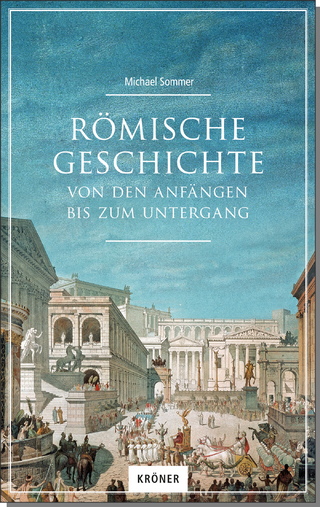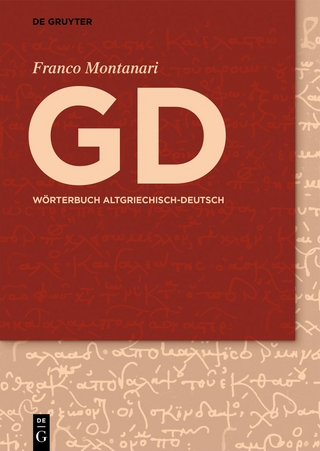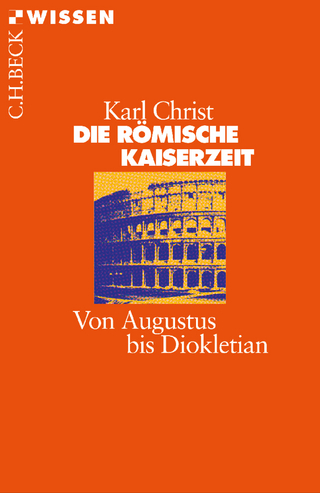
Apotropaia and Phylakteria
Archaeopress (Verlag)
978-1-80327-749-3 (ISBN)
Apotropaia and Phylakteria: Confronting Evil in Ancient Greece is the outcome of the conference held in Athens in June 2021 and hosted by the Swedish Institute at Athens.
The belief in the existence of evil forces was part of ancient everyday life and a phenomenon deeply embedded in popular thought of the Greek world. Fear of such malevolent powers generated the need for protection and we find clear traces of these concerns in both textual and archaeological sources. From the beginnings of literature, there is mention of ghosts and other daemonic beings that needed appeasement, and of ways of repulsing evil, such as the use of baskania and antibaskania (apotropaia). Repeatedly, we meet rituals of an apotropaic or prophylactic character conducted as part of everyday and family life, as for example on the occasion of a birth, marriage or death in the oikos (the cleansing of the house and household, libations and sacrifices in honour of oikos ancestors), and other practices that focused on the protection of the community as a whole, i.e. the Pharmakos ritual. Archaeology reveals an abundance of material objects thought to have the power to attract benevolent, and avert evil, forces. Traces of ritual practices necessary to ensure prosperity and avert personal disaster are manifest today in the form of amulets, certain semi-precious stones believed to protect women and children, eye-beads found in large numbers in many archaeological assemblages, possibly various types of terracotta figurines, such as nude female grotesques and various ithyphallic characters, to name a few. In addition, symbols and certain iconographic motifs, such as the phallus, the open hand, the Gorgoneion, images of triple Hekate, and Hermes, have been subject to a number of differing interpretations relative to apotropaic power.
Maria Spathi is a classical field archaeologist. She held a Stanley J. Seeger fellowship at Princeton for autumn 2023 and is currently a Margo Tytus fellow at Cincinnati. Her research focuses on the material culture of the Greek world. She works mainly with archaeological sources, and, within this vast field, specialises in material from ancient sacred sites, discussing its interpretation in relation to archaeological context, specific rituals and textual evidence. Maria Chidiroglou studied History and Archaeology at the University of Athens and holds a PhD degree in Classical Archaeology from the same University. After joining the Greek Archaeological Service, she has worked in the Ephorate of Antiquities of Euboea as a field archaeologist and curator of the Archaeological Museum of Karystos. As of 2010 she is a curator of the Collection of Vases and Minor Arts of the National Archaeological Museum in Athens and is in charge of its photographic archive. Jenny Wallensten is the director of the Swedish Institute at Athens and affiliated Associate Professor of Classical Archaeology and Ancient History at Lund University. Her special fields of interest are to be found in the study of ancient Greek religion and epigraphy, with a focus on communication between gods and humans.
Preface
Confronting Evil at the Boundaries of the City, the House, and the Human Body – Christopher A. Faraone
Women’s Choral Apotropaic Songs in Tragic Contexts of Domestic and Civic Disharmony – Vasiliki Kousoulini
Apotropaic and Prophylactic Practices at Troizen and Methana – Maria Giannopoulou
Some Thoughts on Apotropaic Devices in Greek Pottery Production – Oliver Pilz
Archaic Anthropomorphic Figurines from the Argolid Potentially Associated with Ritual Activity of an Apotropaic Character – Anna Philippa-Touchais
Terracotta Figurines of Apotropaic and/or Prophylactic Character in the National Archaeological
Museum, Athens – Maria Chidiroglou
Clay Figurines from Smyrna in the I. Misthos Collection at the National Archaeological Museum of Athens: A Study in Deformity and Apotropaic Character – Eirini Peppa Papaioannou
The Interpretation of Clay Gorgoneion-Roundels in Sacral Contexts: Evidence from the Sanctuary of Artemis Limnatis at Ancient Messene – Maria G. Spathi
Magic-Related(?) Graffiti on Pottery from Piraeus – Daphne Koletti
Reliefs from Ancient Messene: The Motif of the Open Hand – Eugenia Lambropoulou
Fearing the Evil Eye in Graeco-Roman Religion and Magic: Remarks on an Apotropaic Bas-Relief from Actia Nicopolis (Epirus, Greece) – Evangelos Pavlidis and Anastasia Giovanopoulou
Sacred Transitions: Protecting City Gates in Sicily and Magna Graecia – Valentina Garaffa
Some Evidence for Amulets in the Demeter and Kore Greek Sanctuary at Ancient Corinth – Sonia Klinger
Tracing the Possible Prophylactic Attributes of Parthenos at Ancient Neapolis (Kavala) – Amalia Avramidou
Things Jingling from the Beyond: Tracking the Amuletic Function of Bells in Roman Greece – Dimitris Grigoropoulos
An Etruscan Silver Ring Depicting a Scorpion from a Deposit in an Archaic House in Philia (Karditsa) – Dimitris Paleothodoros and Christos Karagiannopoulos
Apotropaic and Prophylactic Jewellery from Abdera – Constantina Kallintzi and Kyriaki Chatziprokopiou
Technical Phylactery in Graeco-Egyptian Ritual Practice – Barbara Takács
Reflections on Some Cases of interpretatio aegyptiaca on Magical Gems – Dominique Barcat
A Gem to Counter the Empousa – Anastasia Maravela
Chnoubis, Glykon, Agathodaimon, and the Strange Story of the Swamps of Central Macedonia: Notes on Magical Gems Depicting Snakes – Eleni Tsatsou
‘Against a Demon and Fears.’ A Phylactery in the Archaeological Museum of Perugia – Paolo Vitellozzi
| Erscheinungsdatum | 04.05.2024 |
|---|---|
| Verlagsort | Oxford |
| Sprache | englisch |
| Maße | 203 x 290 mm |
| Gewicht | 726 g |
| Themenwelt | Geisteswissenschaften ► Archäologie |
| Geschichte ► Allgemeine Geschichte ► Altertum / Antike | |
| ISBN-10 | 1-80327-749-1 / 1803277491 |
| ISBN-13 | 978-1-80327-749-3 / 9781803277493 |
| Zustand | Neuware |
| Haben Sie eine Frage zum Produkt? |
aus dem Bereich


